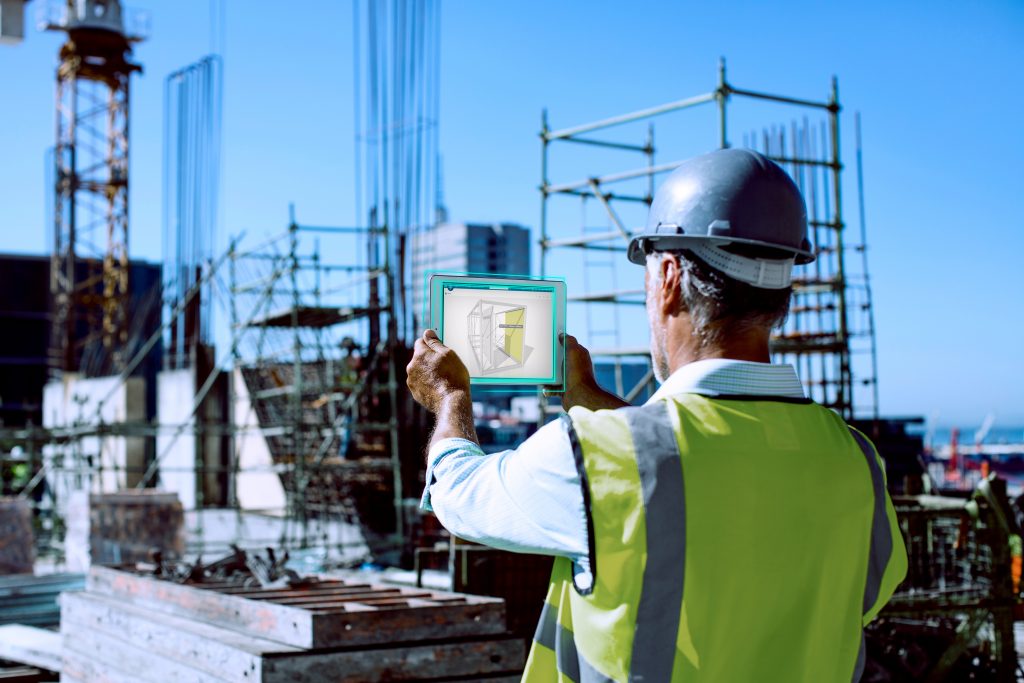The following article is excerpted from How Virtual Twin Drive More Sustainable High-Performance Buildings: The 4 Perspectives drives sustainability in the construction industry, a whitepaper developed by Dassault Systèmes. To read more about virtual twin in construction industry, download the full whitepaper here.
Commercial and residential buildings account for 50 percent of global emissions, 40 percent of global energy demand, 60 percent of global electricity use, 25 percent of global water usage and a third of global greenhouse gas (GHG) emissions. This highlights how important it is for the construction industry to become more efficient and circular, mirroring the natural world.
Critical to the future is the widespread sourcing, adoption and traceability of less carbon and energy-intensive materials. Lifecycle assessment and project alignment with the Paris Climate Agreement, adopting sustainable materials and low carbon transition will soon be essential to get a permit and help anticipate long-term operations and maintenance performance.

Replacing concrete or steel with massive timber is already gaining traction. Countries such as Norway are leading the way with the world’s tallest pre-fabricated timber building, Mjøstårnet, in eastern Norway. The new North Pier at Oslo Airport Gardermoen is another example of the innovative use of materials. The roof is made of wood, and the rest of the building primarily of recycled materials, climate-friendly insulation and concrete in which a share of the cement was replaced with reused waste. For all existing and new builds, virtual twins can simulate most sustainable and energy-efficient materials throughout the lifecycle.
Consumer demands are evolving, resulting in a clear shift to serving people and creating an experience rather than simply creating buildings:
- There is increasing pressure for affordable, sustainable housing.
- Multiple lockdowns are accelerating already visible consumer trends. People are reconsidering how they want to work and live, not just spaces but also their services and experience.
- Citizens will no longer tolerate traffic, noise, dust and light pollution, working nights and long building cycles that affect operations.
Excerpted from How Virtual Twin Drive More Sustainable and High-Performance Buildings, a Dassault Systèmes whitepaper

